Rio Carnival 2024: When is it, where is it and everything you need to know
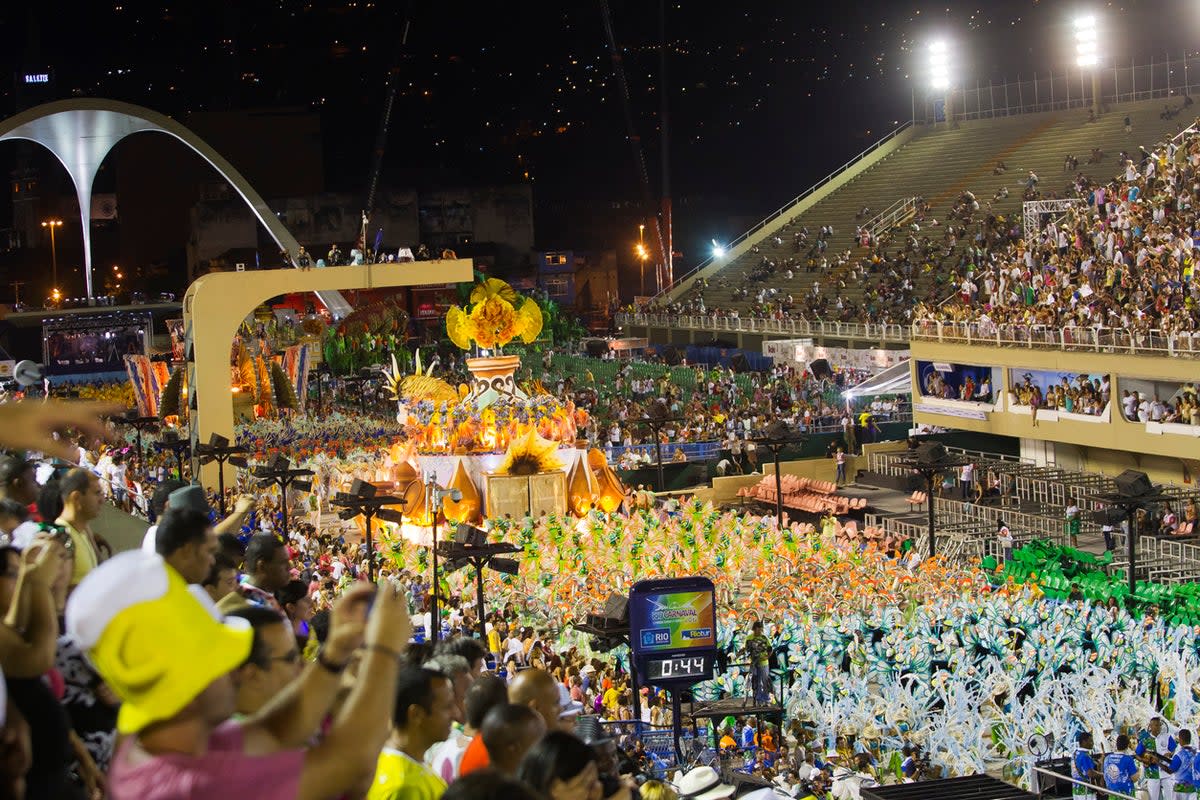
Rio Carnival is one of the biggest, boldest and brightest events in the Brazilian calendar, and it’s taking the country’s tourism capital by storm next week.
The sound of samba rings, raucous parties rage and sold-out parades stun at the world-famous bash spanning Rio de Janeiro, Salvador and Sao Paulo for eight days each February.
With millions dancing to the beat of bloco street parties in a sea of costumes, colour and caipirinha cocktails outside, and thousands seated inside the purpose-built Sambadrome to watch the samba schools sway in sync, this is one you’ll want to add to your travel bucket list.
So when is Rio Carnival, what is it celebrating, and how can you get involved? Here’s everything you need to know.
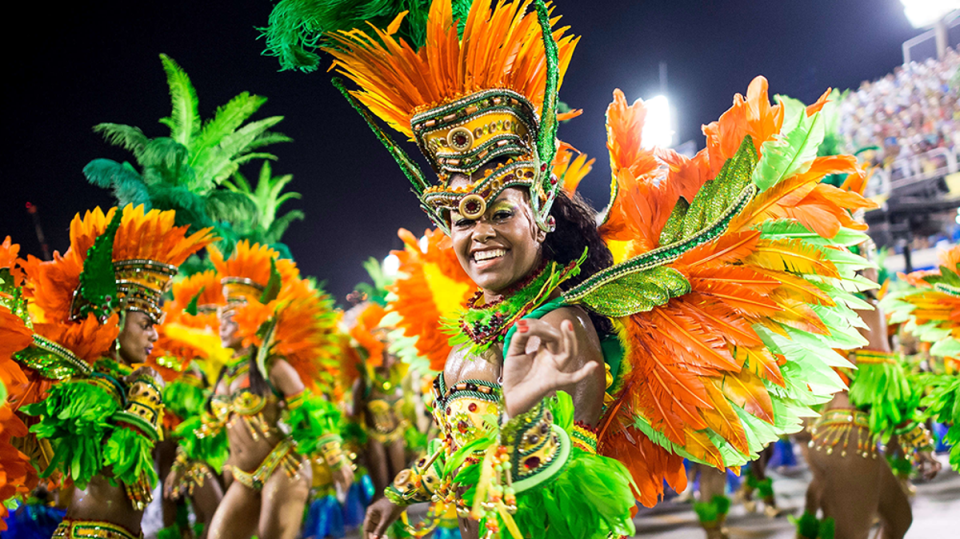
When is Rio Carnival?
The Carnival is an annual event that always begins on the Friday before Ash Wednesday. This year, that date is 9 February. It spans the following few days, finishing on Ash Wednesday (14 February), the day Lent begins. The Champions Parade – a fusion of singing and dancing where the top six samba schools get to strut their stuff – will take place on Saturday 17 February.
Where is Rio Carnival?
Events take place in Rio de Janeiro, Brazil’s most cosmopolitan city. All the main samba competitions between rival dance schools and parades take place in the Sambadrome – a purpose-built parade area created for the Carnival in downtown Cidade Nova. After the official events, the party spills out onto the streets in every corner of the city.
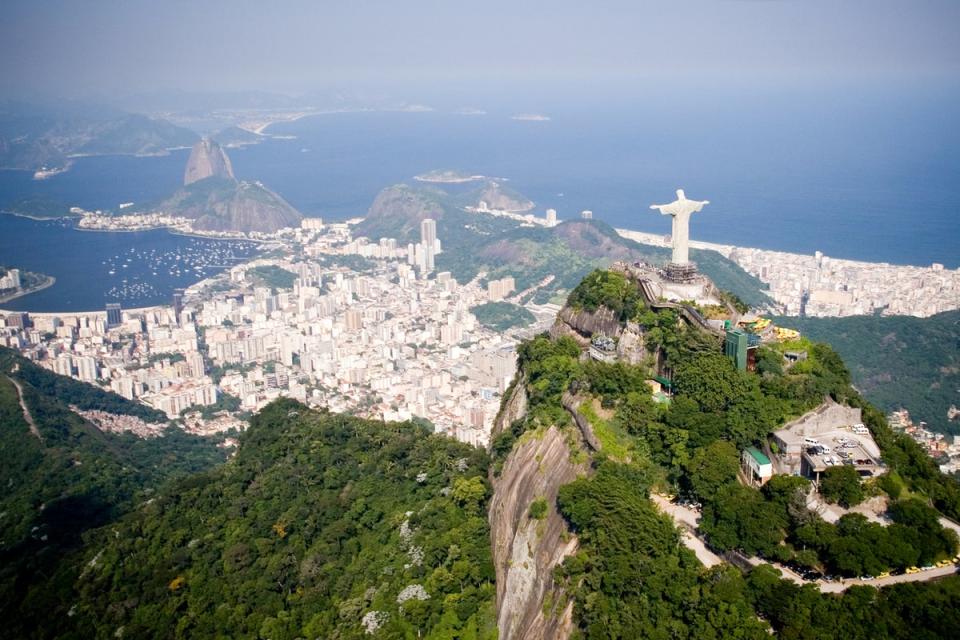
What does the Carnival celebrate?
Rio Carnival is both rooted in European pagan traditions and Catholicism. It was originally a food festival when people would take their last opportunity to gorge before the beginning of Lent, traditionally a time of abstinence and fasting in the Catholic Church.
But the unique feel of the Carnival comes from the cultural clash between the Portuguese colonisers and the indigenous people. The settlers bought over the tradition of Entrudo (Carnival) from Europe, where it met with the local population’s passion for music and dance.
It gradually evolved into an annual city-wide party, culminating in the invention of samba in the early 20th century. The first samba schools were established in the 1920s, with the first samba parade competitions held in 1933.
What are the main events?
The anticipated Sambadrome samba parades take centre stage during the carnival of colour. The Access Group parade category – underdogs composed of 16 traditional samba schools – lines up to shake and shimmy on the 9 and 10 of February while Special Group parades on Sunday and Monday showcase the six top schools that Rio has to offer.
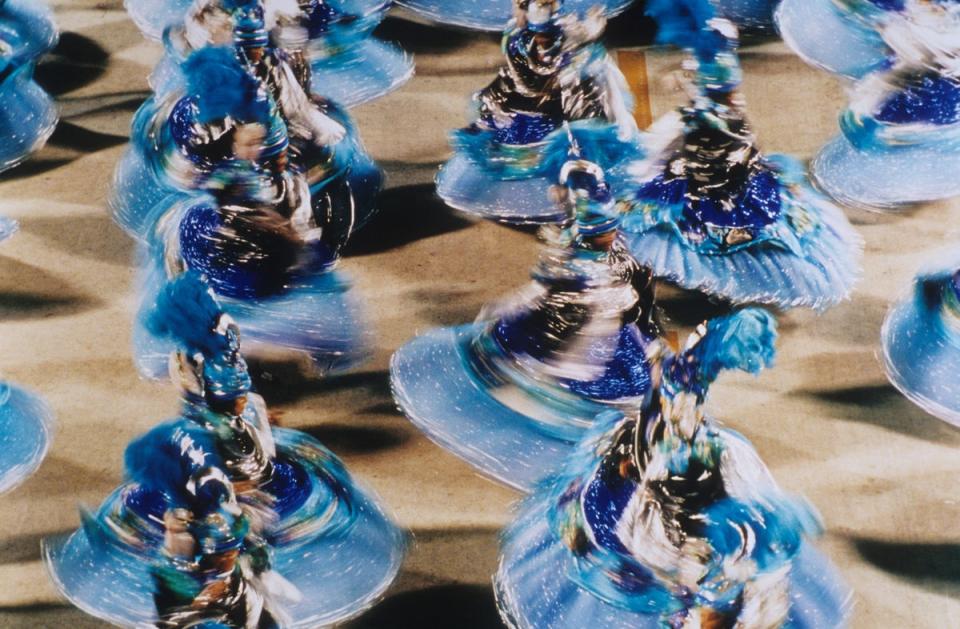
How long is the Rio Carnival parade?
There are four nights of samba competitions on 9, 10 11 and 12 February running from 9pm to 3am. Each samba school has 80 minutes to parade down the strip to the Sambadrome with six to eight groups taking the stage by storm – that’s between seven and eight hours of samba-mania a night.
Is Rio Carnival free and do you need to buy a ticket?
Entry to the parades and samba competitions – the heart of festivities – require tickets that start from $15 (£12) for grandstand seats on the Sambadrome’s giant concrete bleachers.
Elsewhere, over 500 free street parties dance through most communities in the vibrant city with bands that encourage your own lively interpretation of signature samba moves with a caipirinha cocktail in hand.
There’s also the Magic Ball at the Copacabana Palace, dubbed the “grandest and most luxurious occasion in the Carnival”, which takes place on Saturday 10 February. Guests can book seats on a table for a buffet dinner and access to the open bar or purchase a standing ticket.
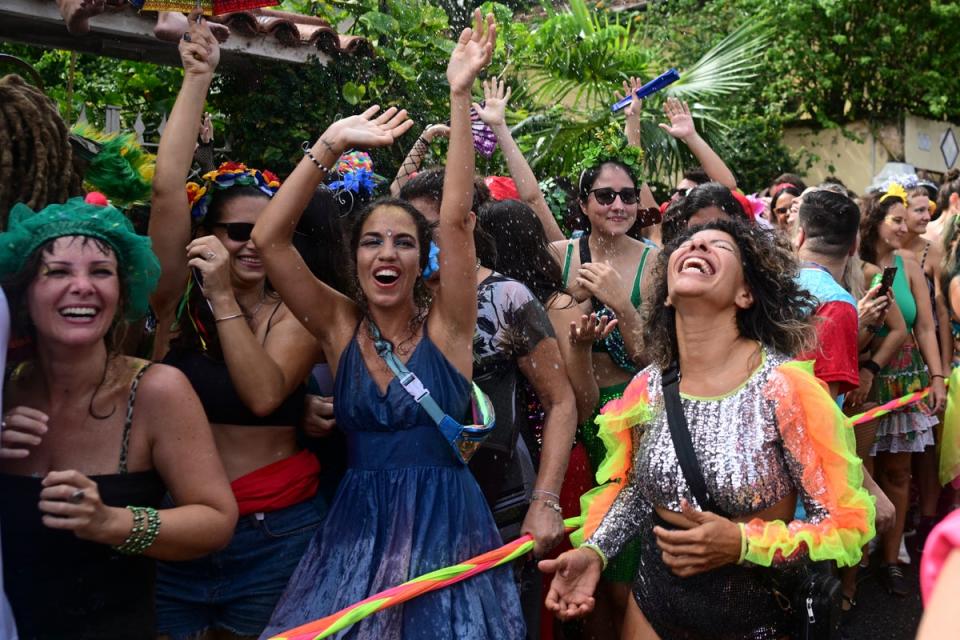
How many people attend Rio Carnival?
In 2023, the Brazilian Ministry of Tourism estimated that Rio Carnival would attract 46 million domestic and international visitors to the first post-pandemic parades, celebrations and street parties known as blocos across the whole country.
Around two million samba enthusiasts take to the streets each day and the Sambadrome itself accommodates up to 90,000 people a night during the week of festivities.
How can you take part?
Other than buying tickets for the parades and soaking up the atmosphere, Carnival goers can also opt to participate themselves by joining one of the available samba schools. All they have to do is purchase one of the official costumes listed on the website. However, it’s worth getting in there early – costumes are subject to availability and the organisers tend to sell out by mid-January.
Is Rio Carnival safe for tourists?
Yes, although regular safety precautions should be taken at the event.
The UK government advises: “If you are attending a large-scale celebration in Brazil, such as the Carnival in Rio de Janeiro or other major cities, be aware that criminals target people who appear to be wealthy or easy targets, for example, those who have drunk a lot of alcohol.
“Be aware of your personal security and surroundings and be cautious about proposals from strangers that take you away from public areas.”
Visit rio-carnival.net to book tickets and for further information.


